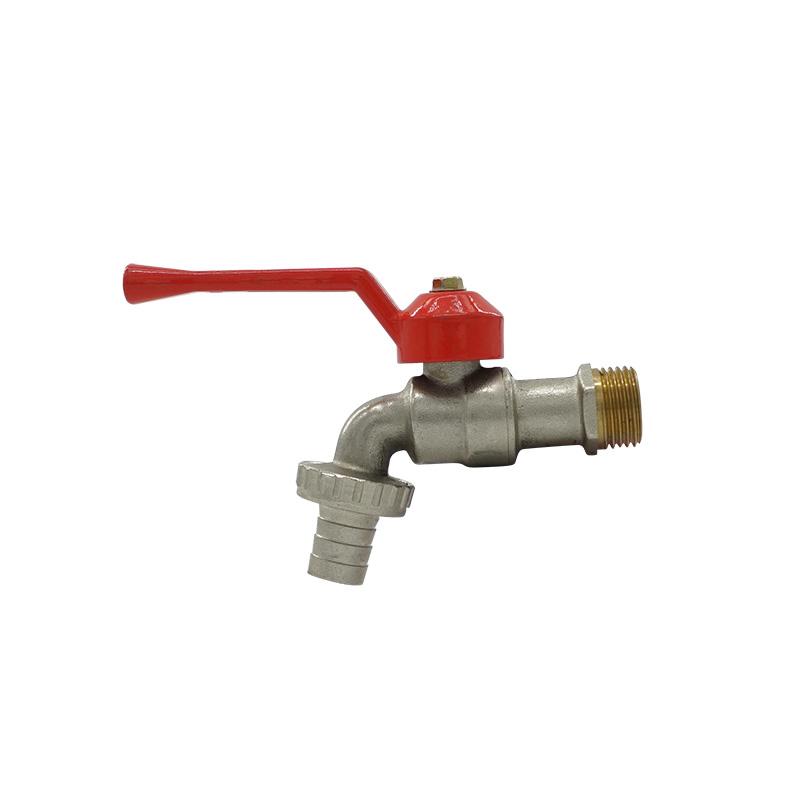
What are the different types of gate valves?
There are several different types of gate valves, including wedge gate valves, parallel slide gate valves, knife gate valves, and slab gate valves. Each type has its own unique design and operating characteristics, making them suitable for different applications.What materials are used to make gate valves?
Gate valves are typically made from a variety of materials, including cast iron, ductile iron, carbon steel, stainless steel, bronze, and brass. The choice of material depends on the application requirements, such as the type of fluid being handled, the temperature and pressure of the fluid, and the environment in which the valve will be used.What are the design standards for gate valves?
Gate valves are designed and manufactured according to various industry standards, such as API, ASME, and ISO. These standards specify requirements for valve materials, design, dimensions, performance, testing, and certification. For example, API 600 is a commonly used standard for steel gate valves, while API 602 covers small forged steel gate valves. Overall, gate valves are an important component in many industrial processes and are subject to stringent design standards to ensure their reliability and safety.In conclusion, gate valves are crucial for regulating the flow of fluids in various industries. Different types of gate valves are made from various materials that are determined based on the specific application requirements. These valves must follow strict design standards and requirements such as API, ASME, and ISO. For all of your gate valve needs, Yuhuan Wanrong Copper Industry Co. Ltd can provide you with quality products. Contact us today at sale2@wanrongvalve.com for more information.
Research Papers:
1. M. K. Barzegar and M. M. Jasim, 2020, "Experimental Evaluation of the Influence of Gate Valve on Flow Coefficient and Head Loss," Journal of Engineering Research and Reports, vol.12, no.3.
2. R. K. Gulati and A. K. Sharma, 2019, "Performance Analysis of Gate Valve under Varying Flow Conditions," Journal of Applied Fluid Mechanics, vol. 12, no.1.
3. S. R. Kim and Y. B. Kim, 2018, "Effects of Increasing Gate Opening on Flow Characteristics in a High-Pressure Gate Valve," Journal of Mechanical Science and Technology, vol. 32, no.1.
4. N. J. Lee and H. S. Kim, 2017, "Analysis of Thermal Deformation and Stress Distribution in a Gate Valve," Journal of Materials Engineering and Performance, vol. 26, no.8.
5. D. R. Li and Y. Qiu, 2016, "Analysis on Sealing Performance of Non-Rising Stem Gate Valve," Journal of Failure Analysis and Prevention, vol. 16, no.5.
6. T. S. Kim and K. H. Kim, 2015, "Influence of Body Shape on Flow Characteristics in Large Size Gate Valve," Journal of Mechanical Science and Technology, vol. 29, no.12.
7. M. K. Jha and V. K. Sharma, 2014, "Design and Analysis of Wedge Gate Valve for High-Pressure and High-Temperature Applications," Journal of Testing and Evaluation, vol. 42, no.4.
8. Y. S. Kim and J. H. Chang, 2013, "Flow Characteristics in a Large Size Gate Valve with Different Trim Configurations," Journal of Fluid Science and Technology, vol. 8, no.2.
9. K. J. Jung and K. Y. Lee, 2012, "Numerical Analysis of Flow Characteristics in a Wedge Gate Valve," Journal of Computational Fluid Dynamics, vol. 20, no.3.
10. Y. H. Kim and S. J. Lim, 2011, "Development of a Novel Knife Gate Valve for High-Pressure Slurry Applications," Journal of Mechanical Science and Technology, vol. 25, no.1.